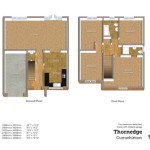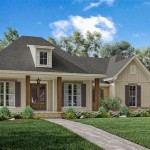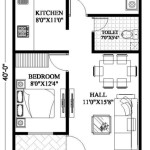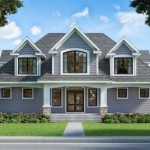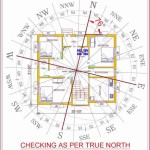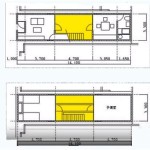Essential Aspects of Layout Plan Of House
Creating a layout plan for a house is a crucial step in the design process. It involves organizing the various spaces within the house to ensure functionality, efficiency, and aesthetics. Here are some essential aspects to consider when developing a layout plan:
1. Space Planning: Determine the number and size of rooms required, considering the needs of the occupants and the intended use of each space. Allocate sufficient space for essential areas like bedrooms, bathrooms, kitchen, living room, and storage.
2. Functional Flow: Arrange the rooms in a logical sequence to create a smooth and efficient flow of movement. Consider the connections between different spaces and how people will naturally move through the house. Avoid bottlenecks and create clear paths for easy access to all areas.
3. Traffic Patterns: Analyze how people will move within the house and identify potential areas of congestion. Design the layout to minimize cross-traffic and provide ample space for comfortable movement. Consider the placement of doors, windows, and hallways to facilitate smooth transitions.
4. Natural Lighting: Maximize natural light by positioning windows strategically throughout the house. Orient rooms with large windows towards areas that receive the most sunlight, such as south-facing spaces. This reduces the need for artificial lighting and creates a more inviting and energy-efficient environment.
5. Ventilation: Ensure proper ventilation in all rooms to maintain a healthy and comfortable indoor environment. Plan for cross-ventilation by positioning windows or vents on opposite walls or sides of the house. This allows for natural air circulation and reduces the buildup of stale air and moisture.
6. Privacy and Noise Control: Consider the privacy and noise levels required for different spaces. Place bedrooms and private areas in quieter zones of the house, away from high-traffic areas. Use sound-absorbing materials in walls and ceilings to minimize noise transmission between rooms.
7. Outdoor Spaces: Integrate outdoor spaces into the layout plan to enhance the connection between the house and the surrounding environment. Design patios, decks, or balconies that provide opportunities for relaxation, entertainment, or gardening.
8. Flexibility and Adaptability: Plan for flexibility in the layout to accommodate future changes in needs or lifestyle. Consider multipurpose rooms that can serve multiple functions, such as guest rooms that can be converted into home offices or play areas.
9. Aesthetics and Style: The layout plan should reflect the desired aesthetic and style of the house. Consider the overall look and feel you want to achieve. The arrangement of rooms, the size and shape of spaces, and the flow of movement should all contribute to the desired ambiance.
10. Professional Design Assistance: If needed, seek professional assistance from an architect or interior designer to create a comprehensive and well-optimized layout plan. They can provide valuable insights, expertise, and design solutions to ensure the house meets your specific requirements and aesthetic preferences.

House Plans How To Design Your Home Plan

House Plans How To Design Your Home Plan

House Plans How To Design Your Home Plan

Small House Design 2024005 Pinoy Eplans Modern Plans Floor

How To Read A Floor Plan With Dimensions Houseplans Blog Com

Small House Design 2024001 Pinoy Eplans Floor Plans

House Plan Maywood Sater Design Collection

Truoba Mini 221 House Designed As Guest Plans

Est House Plans To Build Simple With Style Blog Eplans Com

Small House Design Shd 2024007 Pinoy Eplans One Y Bungalow Plans Floor

